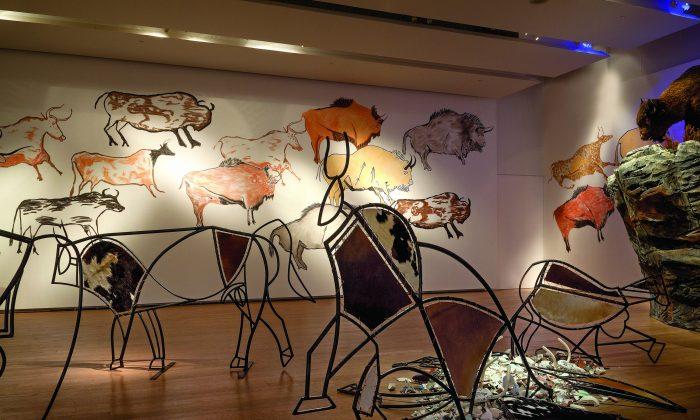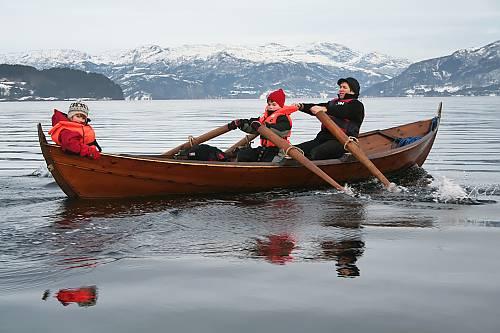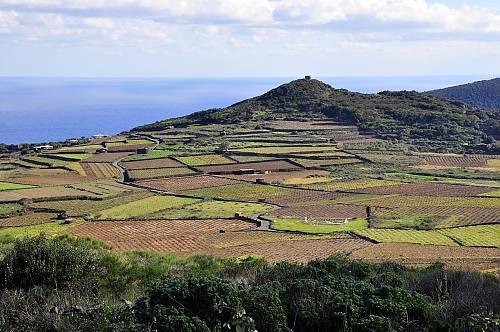The near-extinction of the bison that once roamed the plains of North America in massive herds is the focus of a new exhibit titled “The Rise and Fall of Civilization” by Kent Monkman, a Canadian artist of Cree and Irish ancestry.
The main attraction of the exhibit, which opened at Toronto’s Gardiner Museum on Oct. 15, is a spectacular site-specific installation depicting a buffalo jump, which is how buffalos were hunted in times past.
Native peoples depended on the buffalo herds for survival, but European settlers killed the magnificent animals for their pelts, leaving the meat to rot on the bones. The bones were then collected and used for fertilizer and also turned into ash for use in the making of bone china.
By 1900, the bison population had dropped to fewer than 1,000, down from an estimated 50 million. The decimation of the bison served to open up the West for cattle ranching while removing an important food source for many native peoples.
In Canada, Wood Buffalo National Park was established in 1922 to protect the habitat of the last remaining herds of bison in northern regions.
Monkman’s iconic installation is a structure measuring approximately nine feet high that simulates a cliff. Two full-sized stuffed bison the artist bought at auction stand atop the cliff beside an unforgettable sculpture of Miss Chief, the artist’s diva alter ego, an almost supernatural enigma.
At the base of the cliff is a pile of broken china—a reference to the build-up of bones usually found at buffalo jumps, as well as the indigenous ceramics discovered at sites across North America.
The exhibit takes up the entire third floor gallery of the Gardiner Museum, known for its collection of over 300 pieces of ceramic tableware made of bone china from the 19th century.
“I was immediately drawn to the Gardiner Museum’s collection of bone china and how I could relate it to this particularly dark period in the history of North America’s First Peoples,” Monkman said in a press release, adding that the decimation of bison populations “destroyed a way of life for a lot of indigenous cultures.”
Monkman likes to challenge conventional or received ideas that people have about First Nations culture, and this installation is no different. The way the artist, who works with a variety of mediums including painting, film/video, performance, and installation, draws our attention to the plight of his indigenous ancestors is both subtle and startling.
“Kent Monkman’s new work not only acts as a reminder of a pivotal and often overlooked moment in our collective history, it reinforces the idea that clay is part of the vocabulary of today’s most important and provocative artists,” Kelvin Browne, executive director and CEO of the museum, said
in the release.
Monkman has had solo exhibitions at numerous Canadian museums including the Montreal Museum of Fine Art, the Museum of Contemporary Art in Toronto, the Winnipeg Art Gallery, and the Art Gallery of Hamilton. He has also participated at international group exhibitions such as “The American West at Compton” Verney in Warwickshire, England, and “My Winnipeg” at Maison Rouge in Paris.
“The Rise and Fall of Civilization” runs until Jan. 10, 2016. For information about film screenings, talks, and other events planned in conjunction with the exhibition, visit www.gardinermuseum.on.ca/events/kent-monkman-programming.
Susan Hallett is an award-winning writer and editor who has written for The Beaver, The Globe & Mail, Wine Tidings and Doctor’s Review, among others. Email: [email protected]






Friends Read Free